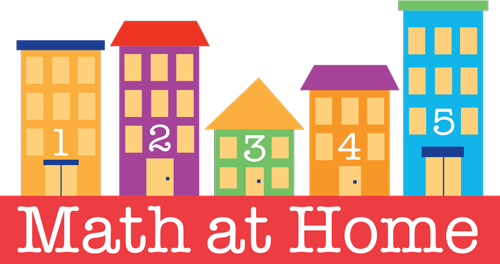The Common Core – Geometry Pt. I
I split the Geometry Standard into 2 parts for easier unpacking and even though I have written extensively about Geometry over the months, there are additional dimensions to this standard that are definitely worth exploring deeply.
Identify and describe shapes.
- CCSS.Math.Content.K.G.A.1 Describe objects in the environment using names of shapes, and describe the relative positions of these objects using terms such as above, below, beside, in front of, behind, and next to.
- CCSS.Math.Content.K.G.A.2 Correctly name shapes regardless of their orientations or overall size.
- CCSS.Math.Content.K.G.A.3 Identify shapes as two-dimensional (lying in a plane, “flat”) or three-dimensional (“solid”).
_________________________________________________________________________
The first substandard above is complicated. Not only are children expected to label objects based on their geometrical attributes but they must also place those objects in relative positions, using adverbs to describe the positions. As far as I can tell, there isn’t a list of shapes that children are expected to know, but I will venture to guess that the list only includes a very straightforward group, i.e., circle, square, rectangle, triangle.
The way I see this playing out in the classroom is like this.
Teacher: Who can find the clock?
Child 1: It’s over there (pointing to the clock).
Teacher: Can you describe where it is?
Child 1: It’s over there (pointing again, more adamantly at the clock).
Teacher: Is it above the door or next to the door?
Child 1: It is above the door.
Teacher: What shape is the clock?
Child 2: It is clock-shaped.
Teacher: Is clock-shaped a circle or a square?
Child 2: Circle.
In other words, prekindergarten children will need prompting in order to work on this skill because thinking this way might not be a natural response. I just don’t see children naturally, without prompting saying things like, “The round plate is on top of the square table.” However, prompting questions that stimulate thinking about shape and placement will support these emerging skills.
There are some interesting manipulatives that support the 3rd part of this standard. Click here to see a nice set of “solids” and click here and here to see two sets of 2-dimensional shape manipulatives. Frequency of exposure to these materials can only be a good thing.
